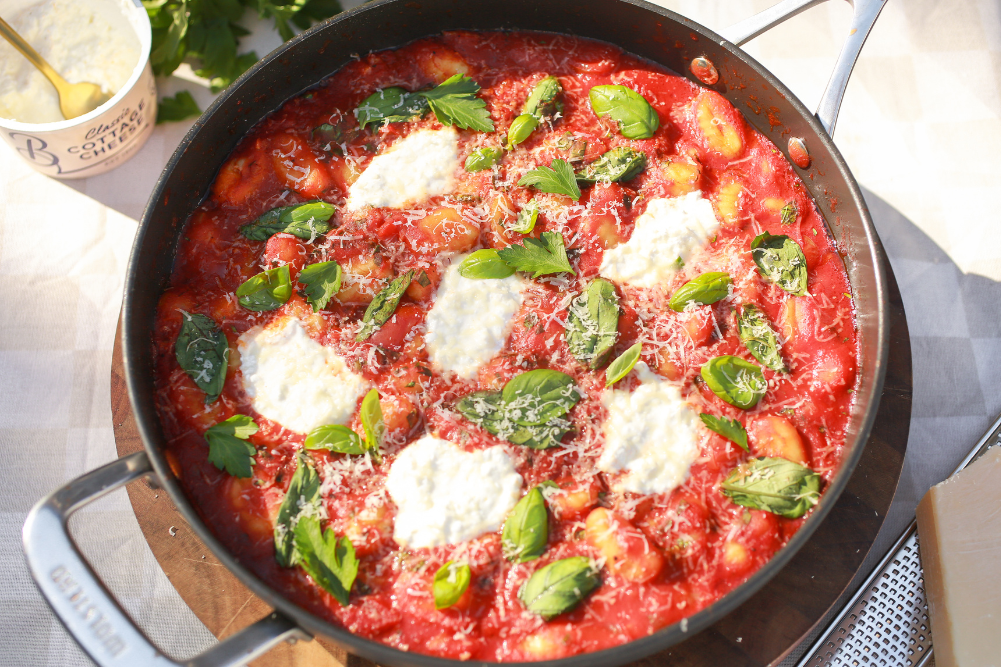Gazpacho Glory
It is still winter in the Southern Hemisphere but there are hints that spring and summer are on their way. The change of seasons signals a change in clothes, a change in pastimes, and a change in foods. Among the delicious foods of summer are cooling vegetable soups and salads and there is none better than a Spanish gazpacho. However, if you are a gazpacho fiend a new study has provided some insight as to how best to enjoy your summer soup in order to get the most from it.
Gazpacho apparently had its origins in an ancient Roman soup made from stale bread, garlic, olive oil, salt, and vinegar. This soup was consumed by Roman workers as they built roads and aqueducts across Spain in the scorching heat. Although they may not have realised exactly why it was so effective for them, the soup replenished salt and vitamins lost through the hard grind of road building. In following centuries Spanish shepherds who had seen the Roman road crews drinking their cold but sustaining soup added vegetables like onion, celery, and cucumber to make it even more filling. After the discovery of New World vegetables by Spanish explorers beginning in the late fifteenth century tomatoes and capsicum were added to arrive at the basic recipe for gazpacho as it is enjoyed today.
Although deemed as being “native†to the Andalucia region of Spain, gazpacho is now enjoyed worldwide. Given the increasing popularity of Mediterranean cuisine and the research showing how healthy it is as a way of eating, gazpacho is being enjoyed now not only for taste but also safe in the knowledge that it is a healthy meal. If you want it to be really healthy though, you have to be careful in how you prepare it.
As its history indicates gazpacho is made from a basic ingredient list that includes tomatoes, capsicum, garlic, onions, celery, bread, and cucumber. Although it is a cold soup the tomatoes are usually blanched in boiling water and of course all of the ingredients are chopped and then blended, or processed, until the consistency is smooth.
The ingredients in gazpacho contain a wonderful array of healthful nutrients but researchers wanted to establish whether those nutrients survived being made into gazpacho.
To do this they compared levels of vitamin C (ascorbic acid and dehydroascorbic acid) and other organic acids (citric, oxalic, fumaric, malic, and glutamic) in each of the ingredients separately and then in the resulting gazpacho.
The results showed that the vegetables themselves had a higher ascorbic acid to dehydroascorbic acid ratio than did the gazpacho itself. This means that a lot of the vitamin C content (ascorbic acid) is oxidised into the dehydroascorbic acid by the preparation. The longer it is between preparation and consumption, the less ascorbic acid is present.
It is a valuable lesson in how to treat your food. Try to eat your food as close to preparation as possible to get the maximum value: the fresher the better. In the case of gazpacho, the authors of this research advise eating it as soon as it has been prepared, allowing some time for chilling, if you want gazpacho in all its glory.
Meanwhile if you visit Meijer Ad that contains mostly likewise discounts with Winn Dixie Ad you surely have a range like ALDI Ad.







